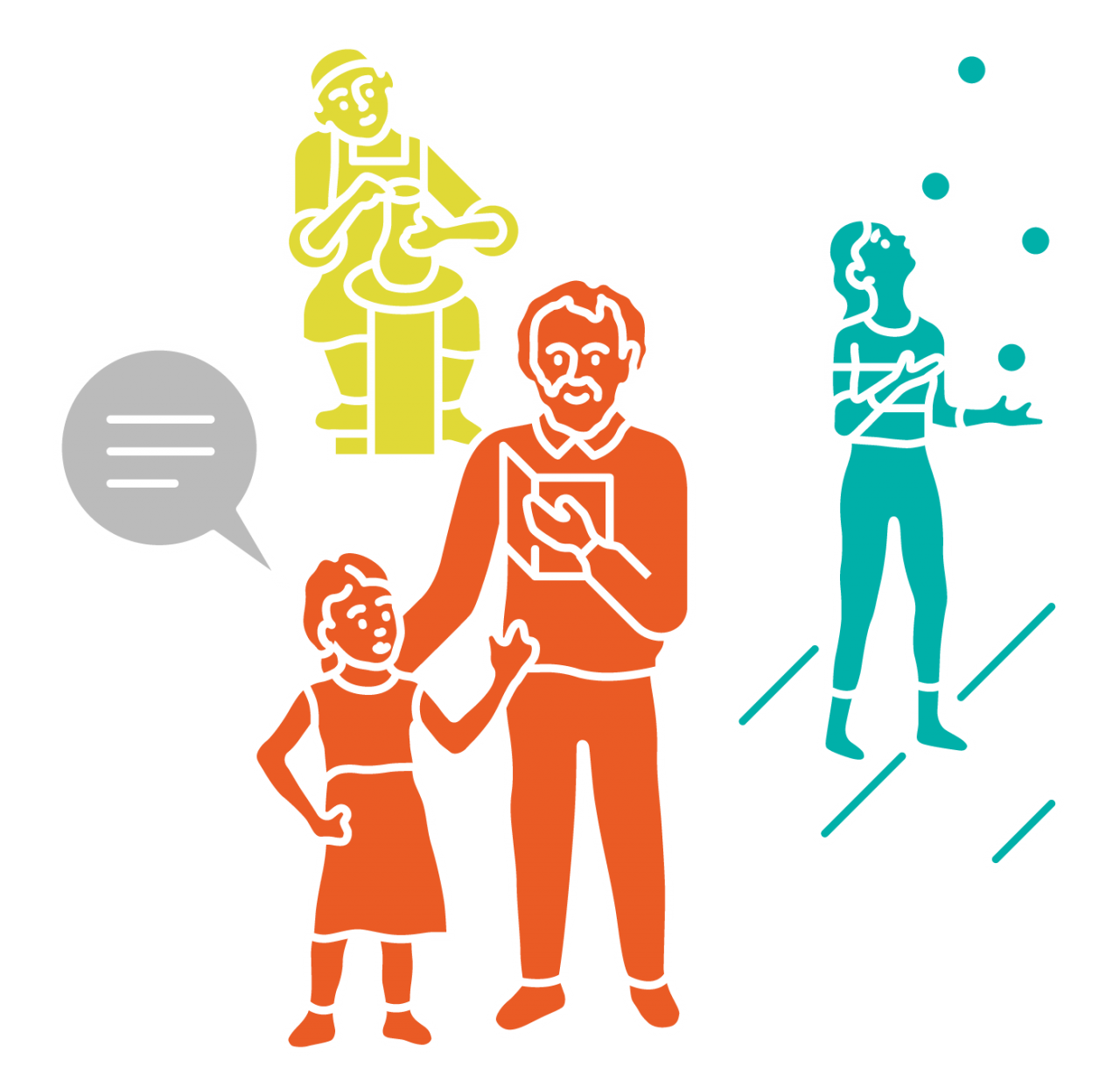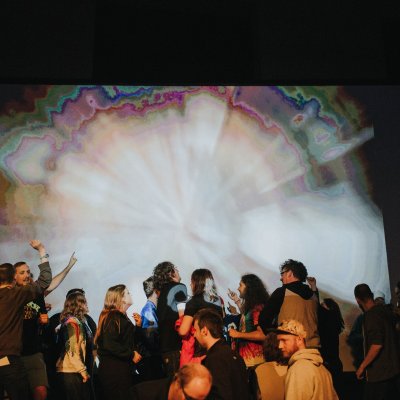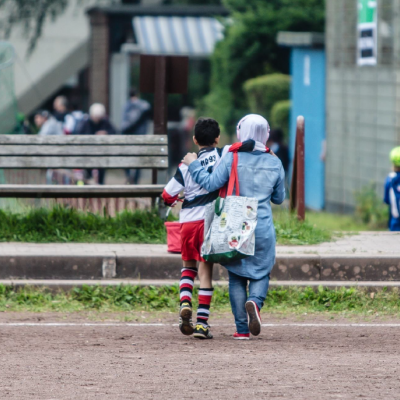Nationwide Inventory of Intangible Cultural Heritage
The Idea and Practice of Art Associations
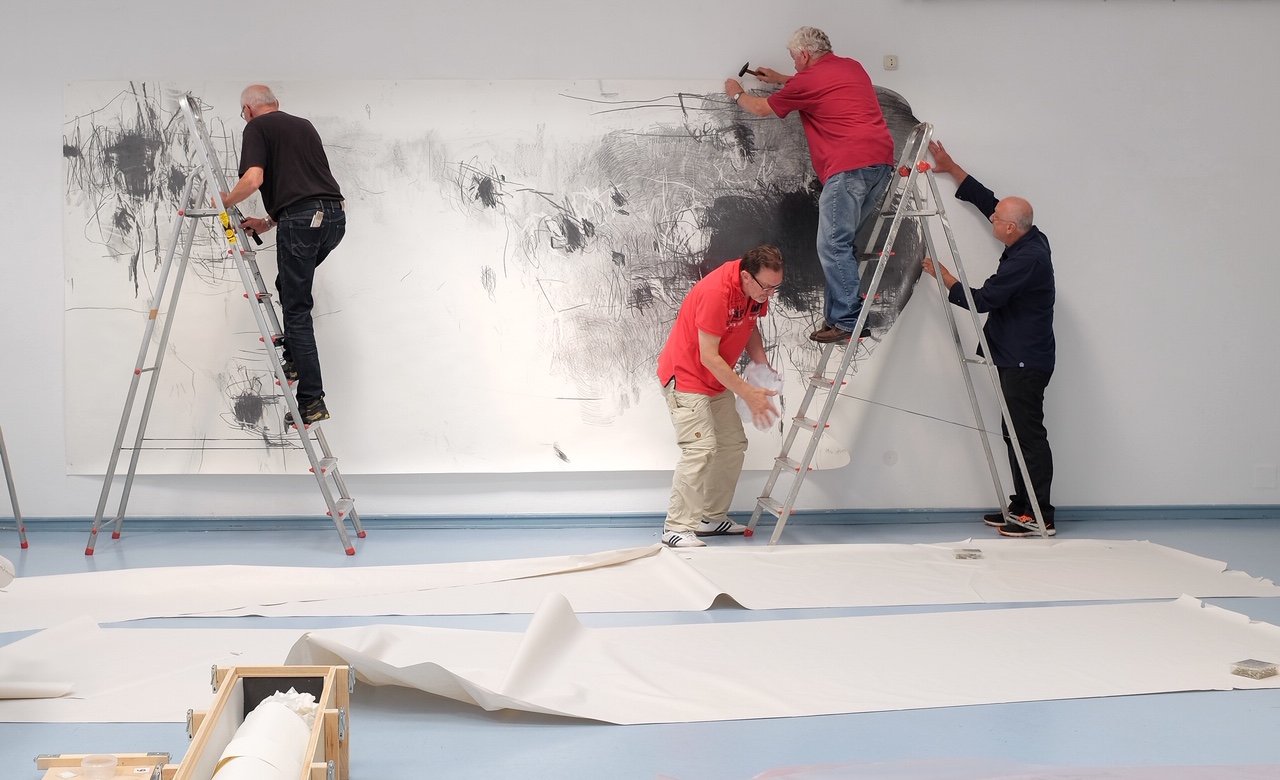
Art associations combine civic engagement with volunteer art education. Originally reserved for the middle classes, they now encourage open participation and bring art to broad segments of society. As urban and modern networking stakeholders, they participate in and drive discourses of contemporary art, embodying an understanding of democracy that is important for the preservation of a vibrant and diverse cultural heritage.
Art associations enable cultural participation through the presentation and mediation of art, and promote and network the local scenes. They often host the first exhibitions of young artists and support them in the creation of new artworks by channelling the necessary knowledge and skills to them. In this way, the associations contribute to the diversity of the artistic landscape.
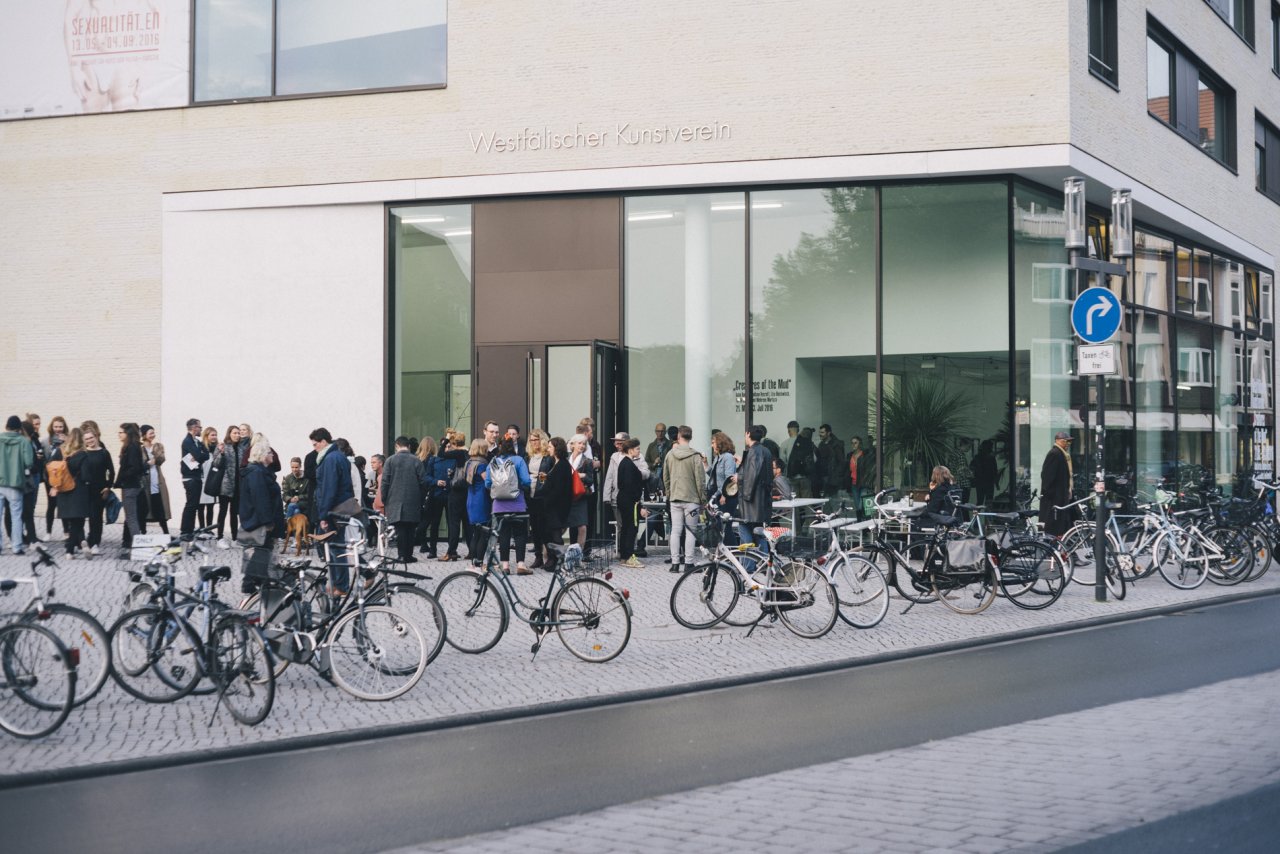
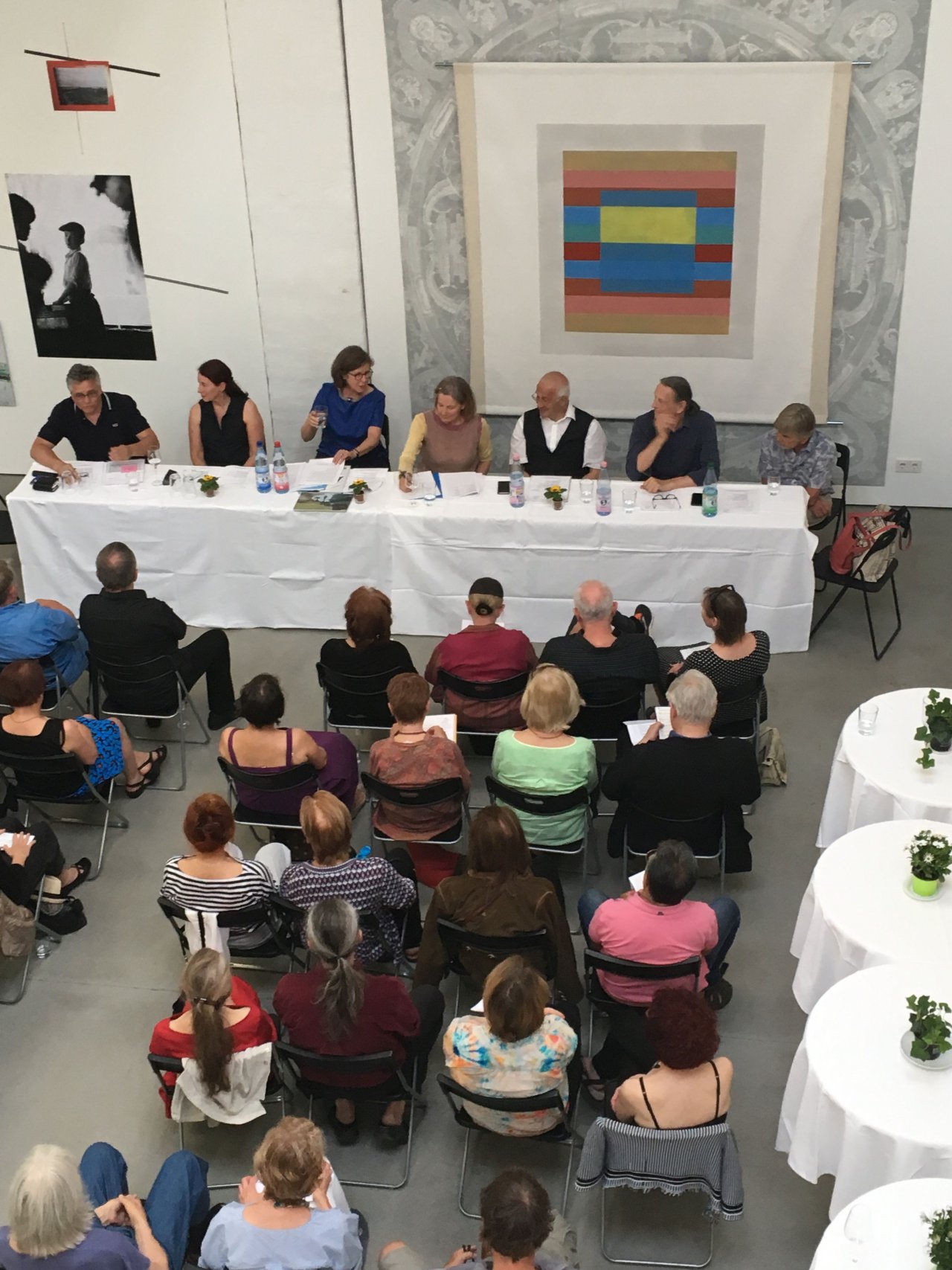
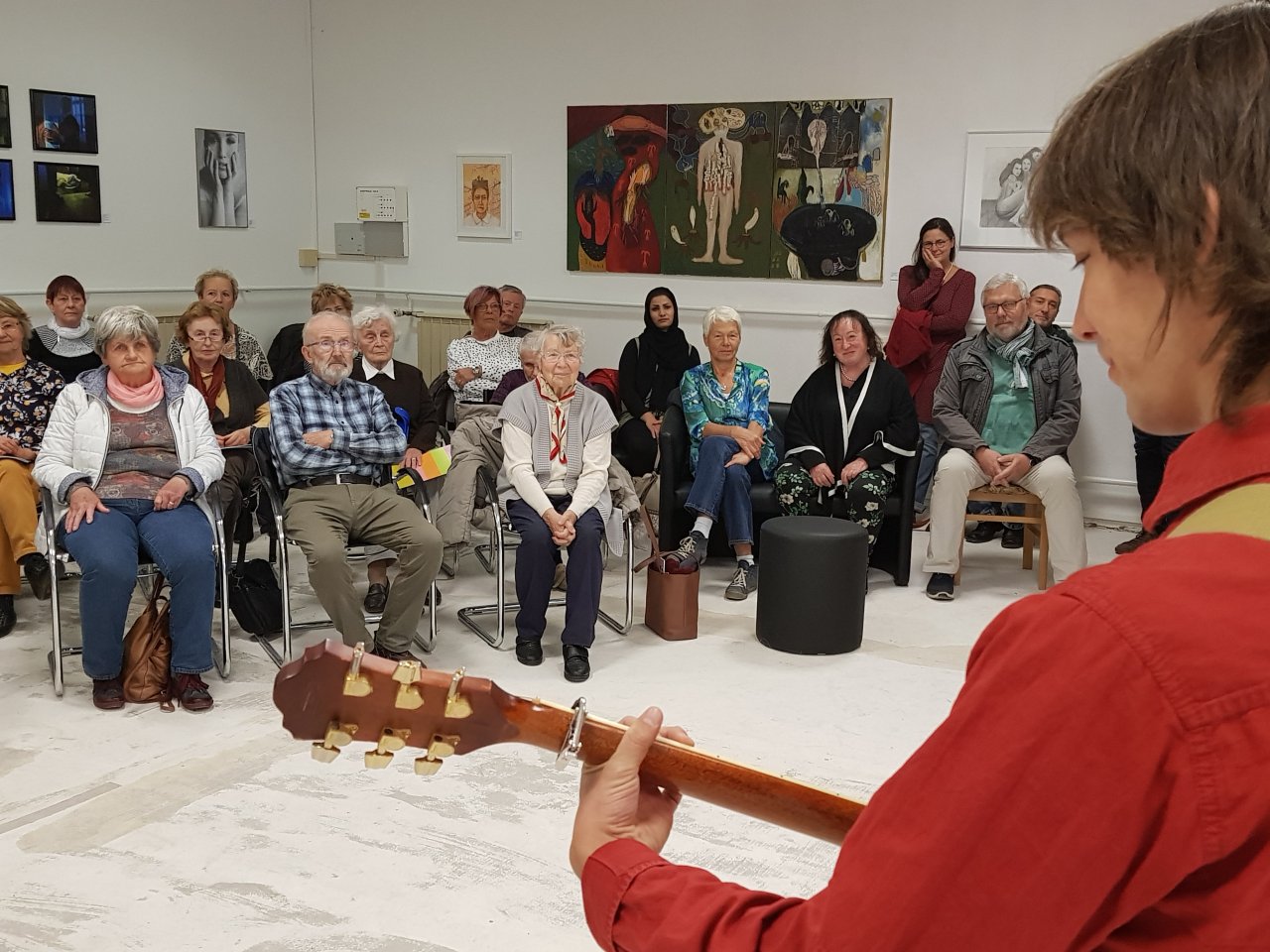
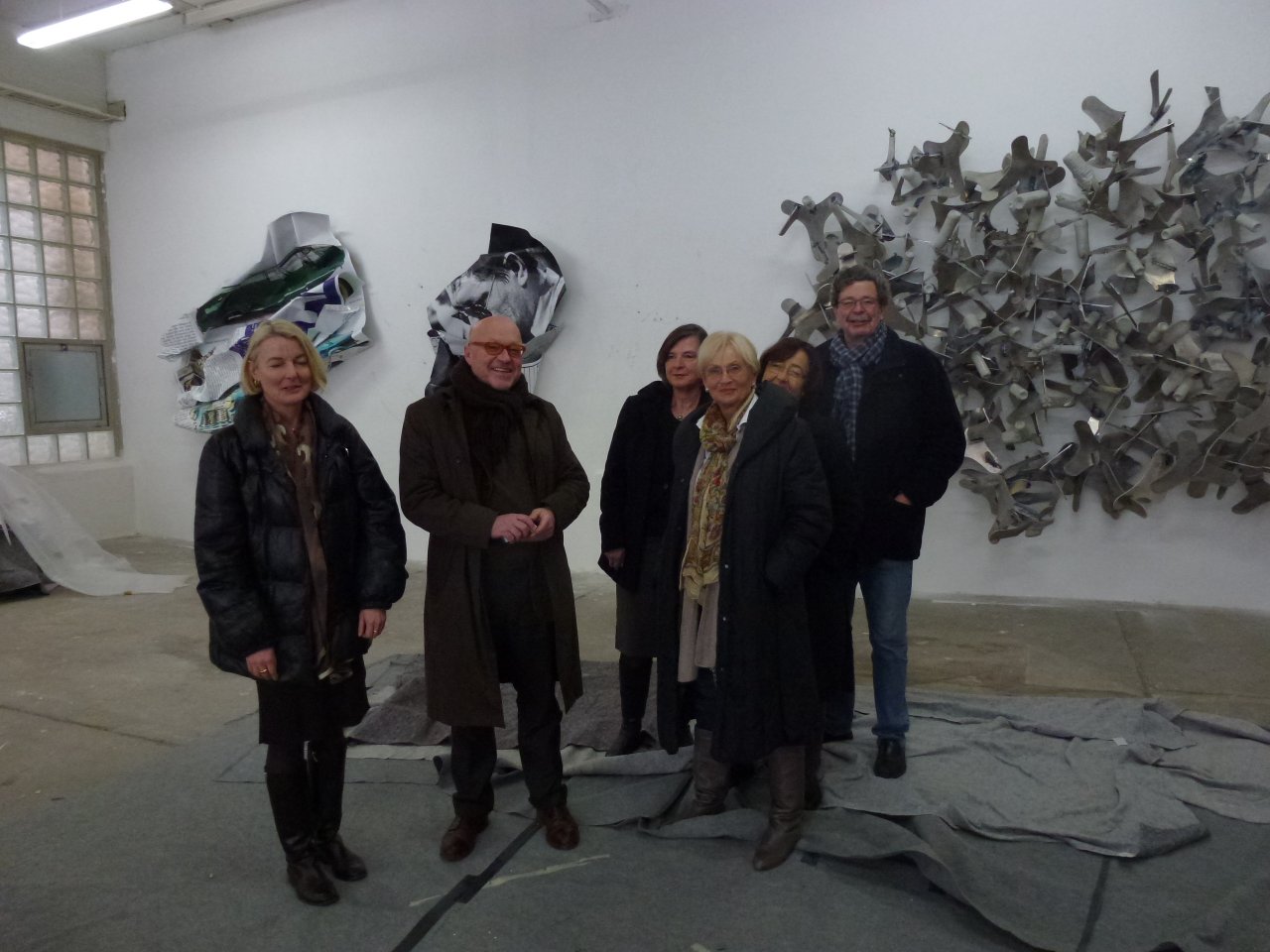
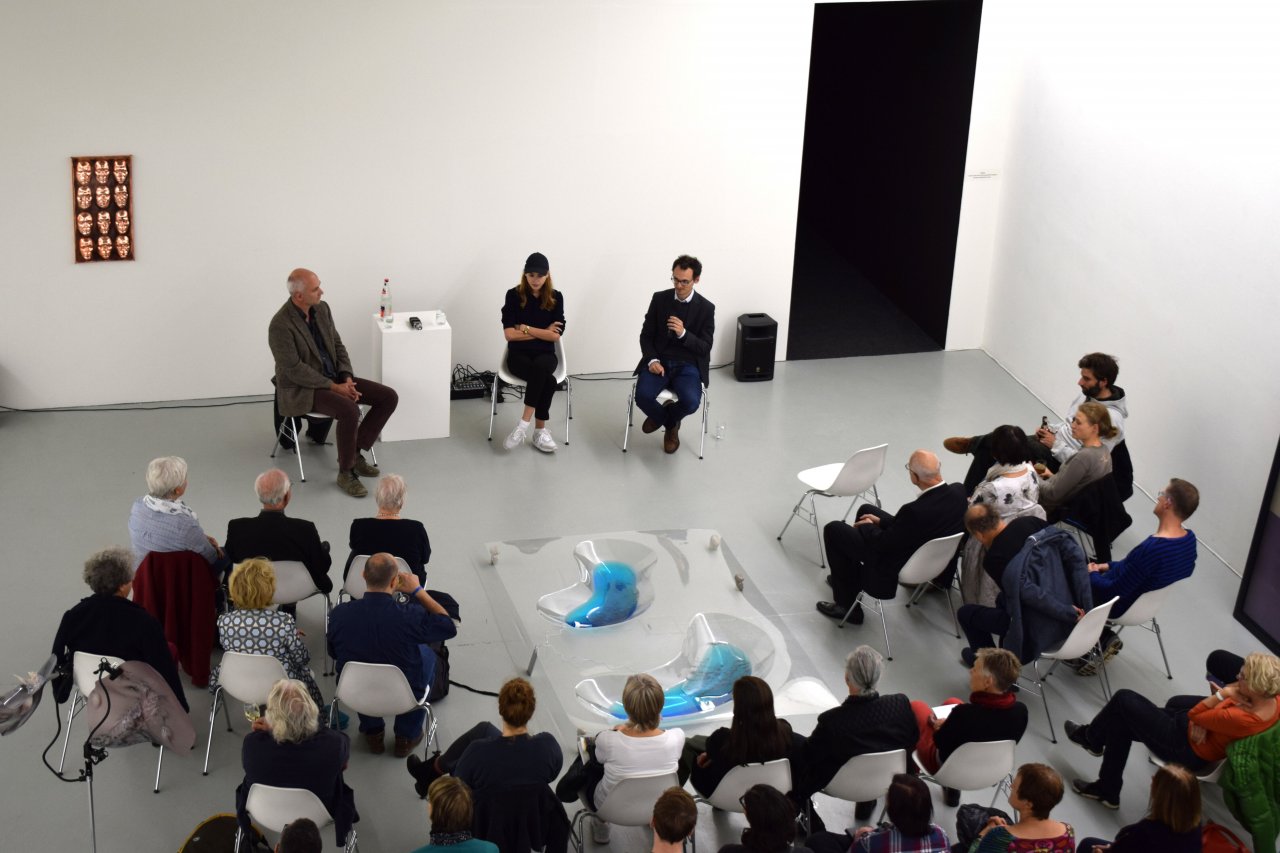
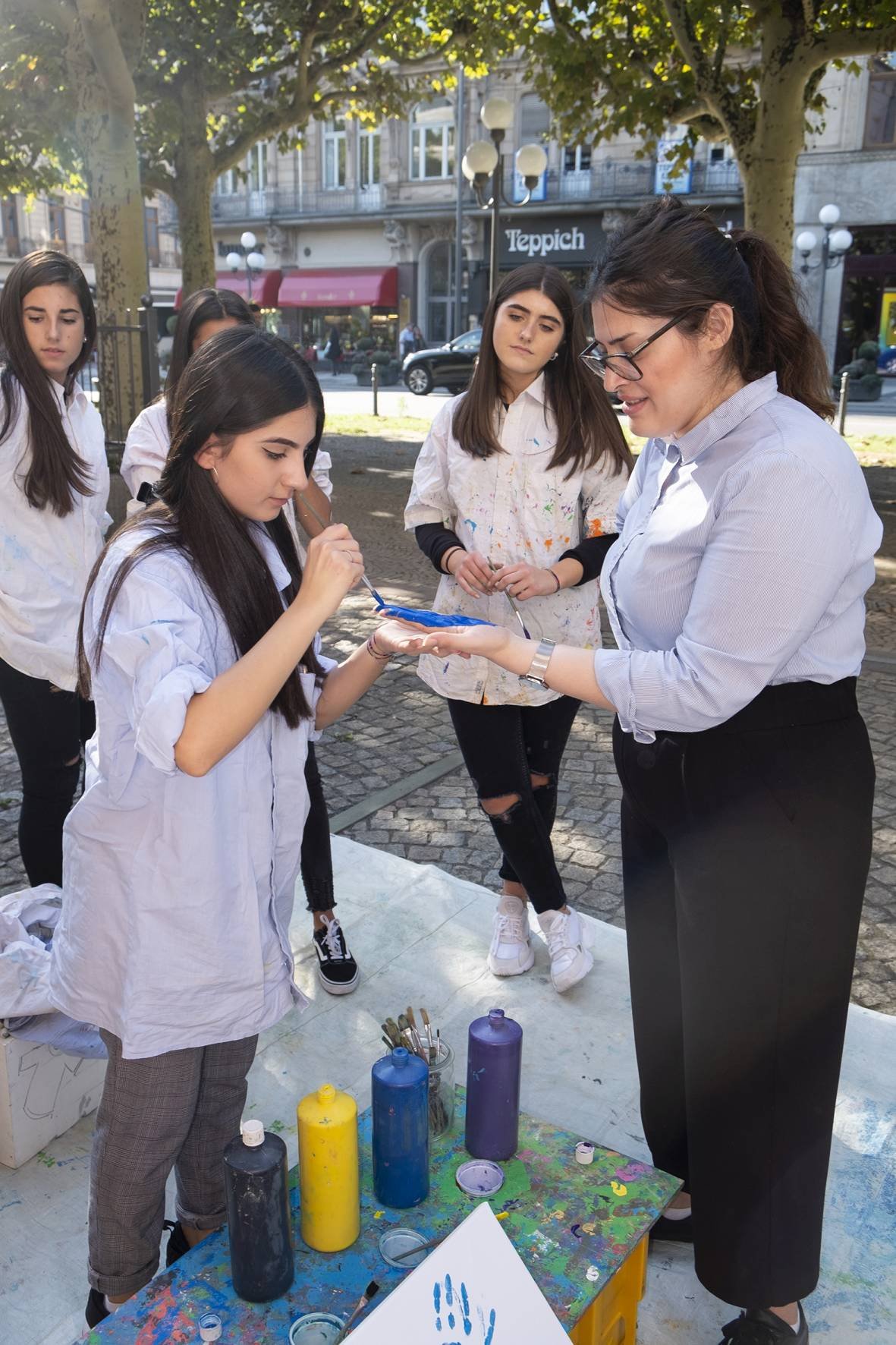
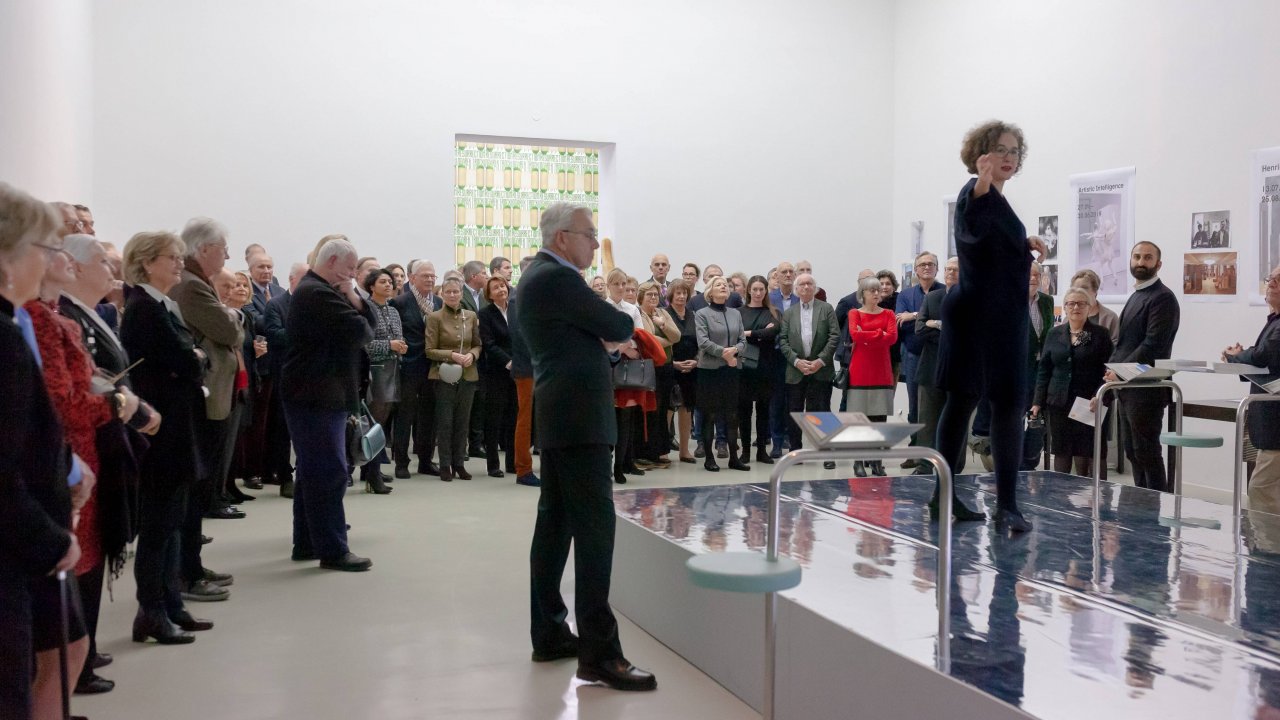
Key stakeholders in cultural education
The associations work with educational institutions to introduce people to the visual arts. They organize guided tours, talks with artists and studio visits. Today, they are established as important players in cultural education in Germany.
Art associations today operate across the spectrum from big cities to rural areas. They are important mediators between art halls, museums and civil society. In doing so, the associations are able to act flexibly in the fast-moving contemporary art scene and often discover tomorrow's art on behalf of the museums.


